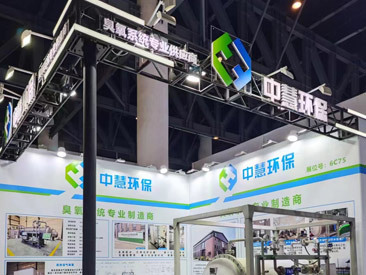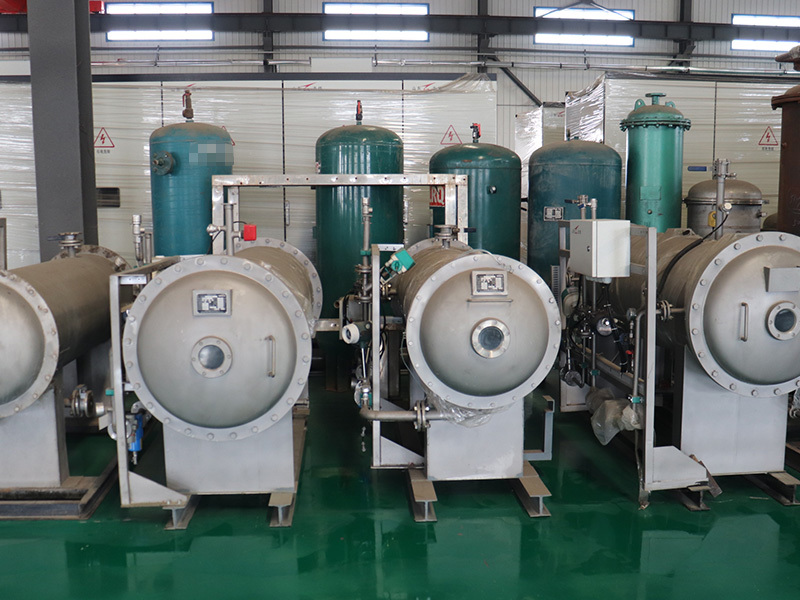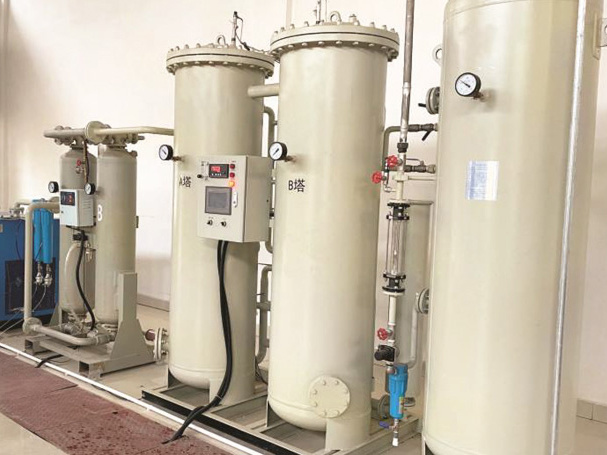What are the advantages of heterogeneous ozone catalytic oxidation system
Release time:
2024-06-11
Heterogeneous catalytic ozonation system is a wastewater treatment technology that uses catalysts to accelerate the ozone oxidation reaction.
Heterogeneous catalytic ozonation system is a wastewater treatment technology that uses catalysts to accelerate the ozone oxidation reaction. In such systems, the catalyst and reactants are immiscible and are typically present in solid form, such as a metal catalyst supported on a particulate medium. These catalysts can promote the decomposition of ozone into highly oxidizing radicals, such as hydroxyl radicals (OH), thereby accelerating the oxidative decomposition of organic pollutants.
Advantages of heterogeneous catalytic ozonation systems include:
1. Improve oxidation efficiency: The presence of a catalyst can significantly increase the decomposition rate and oxidation efficiency of ozone, allowing more ozone to be used to oxidize organic pollutants.
2. Cost reduction: By using a catalyst, the amount of ozone can be reduced, thereby reducing processing costs.
Reduction of by-products: Heterogeneous catalytic ozonation systems produce fewer harmful by-products than other oxidation technologies.
4. Easy to operate: The system is easy to operate, the catalyst can be reused, and the maintenance cost of the system is low.
The key to heterogeneous ozone catalytic oxidation system is to select the appropriate catalyst and optimize the reaction conditions to achieve efficient catalytic oxidation. Research and development efforts have been focused on finding more efficient, lower cost, and environmentally friendly catalysts, and exploring their applications in different wastewater treatments.
Key words:
You can also learn more dynamic






